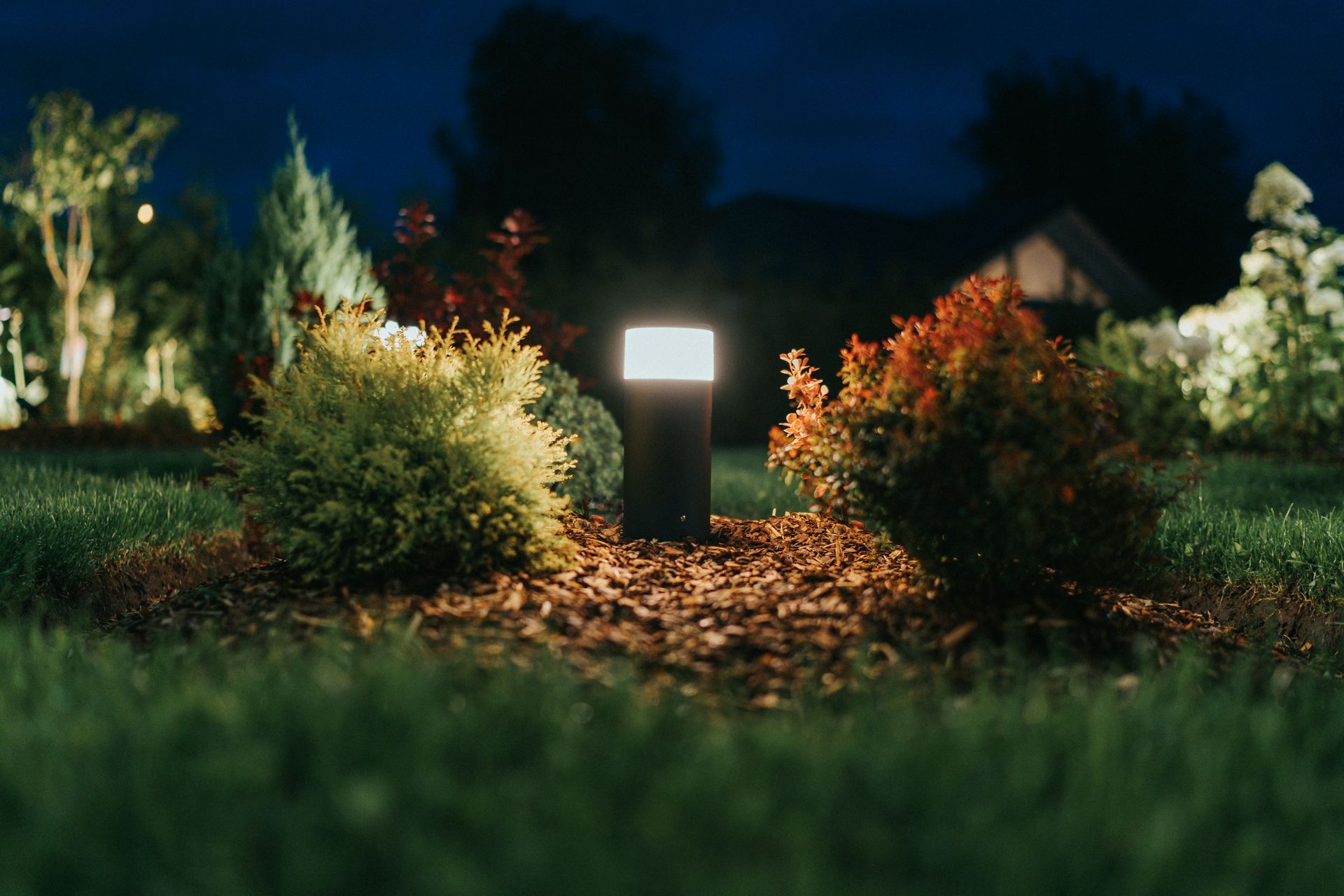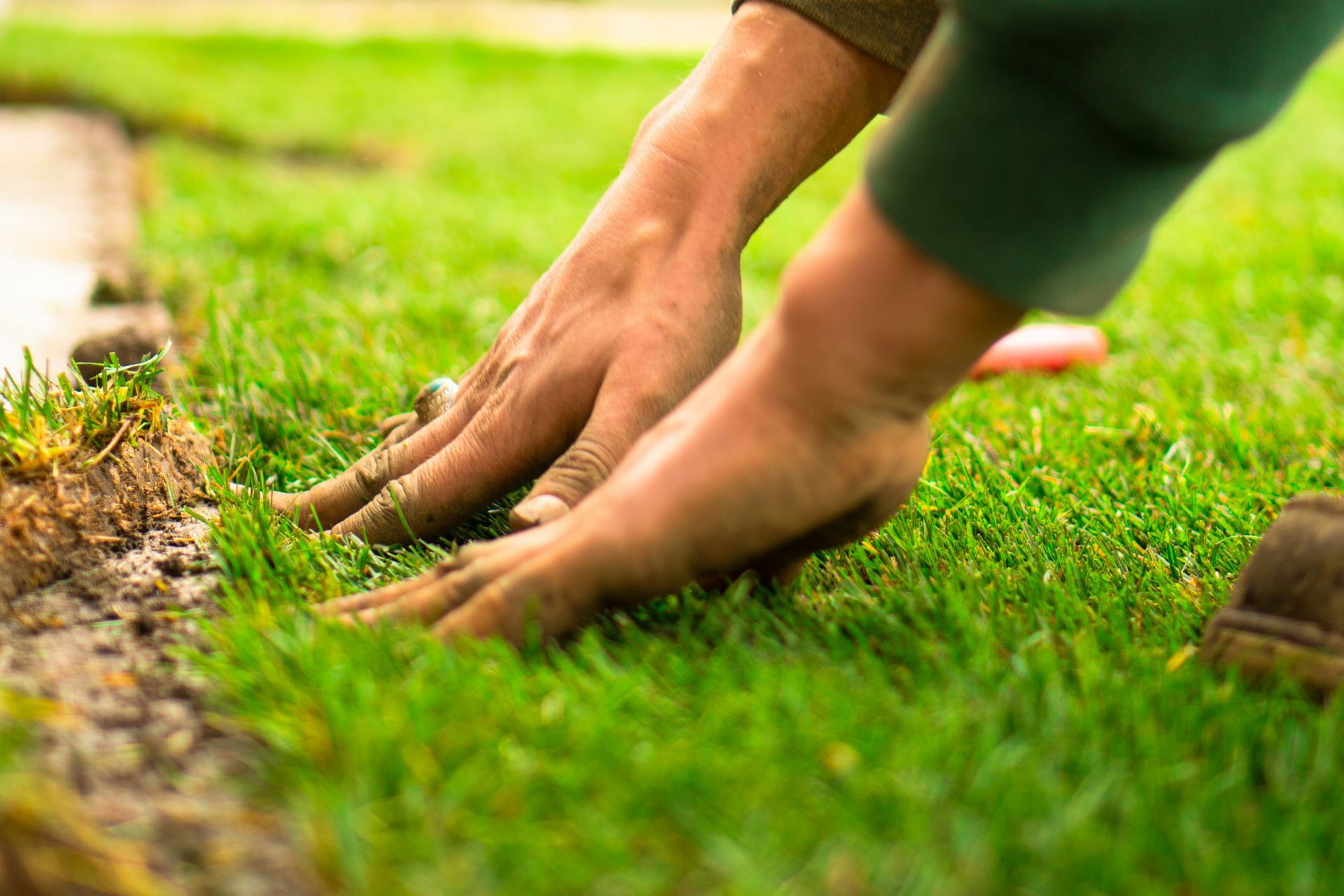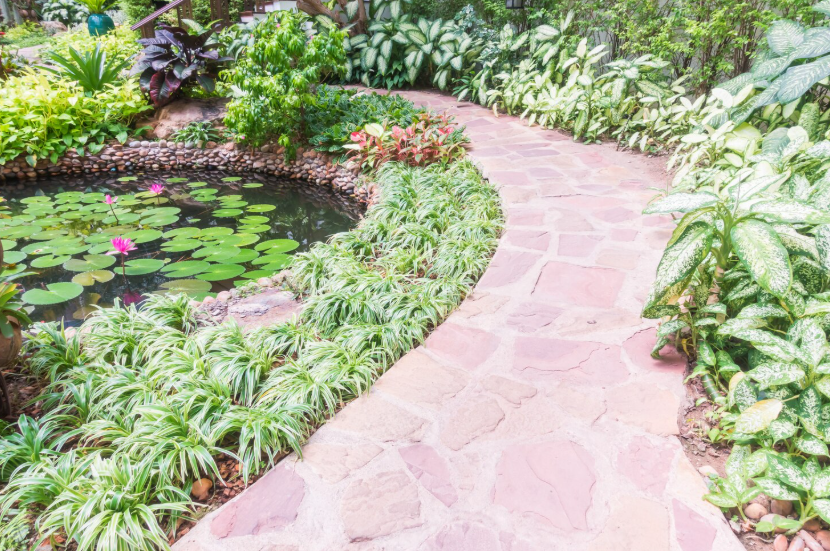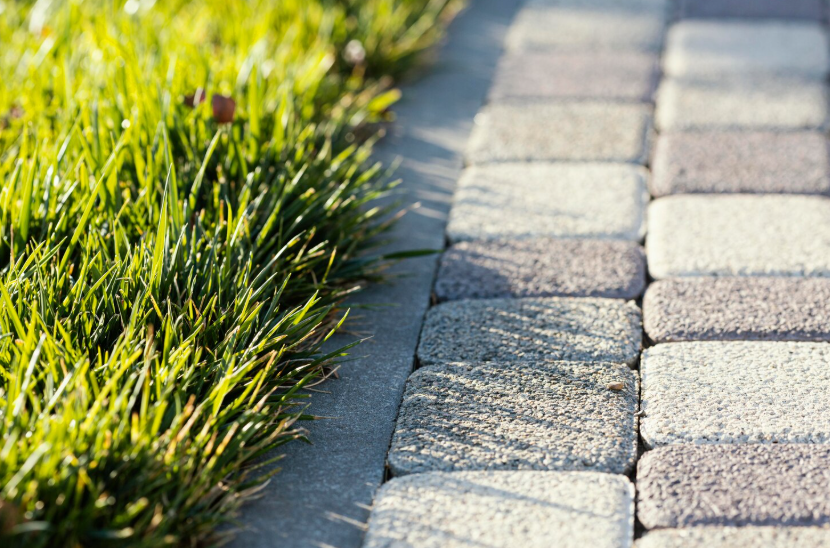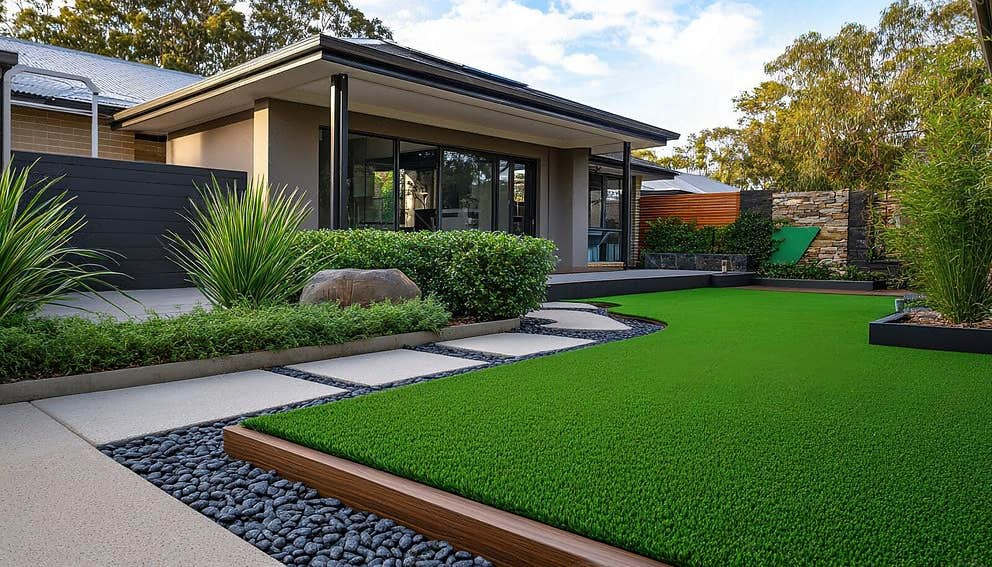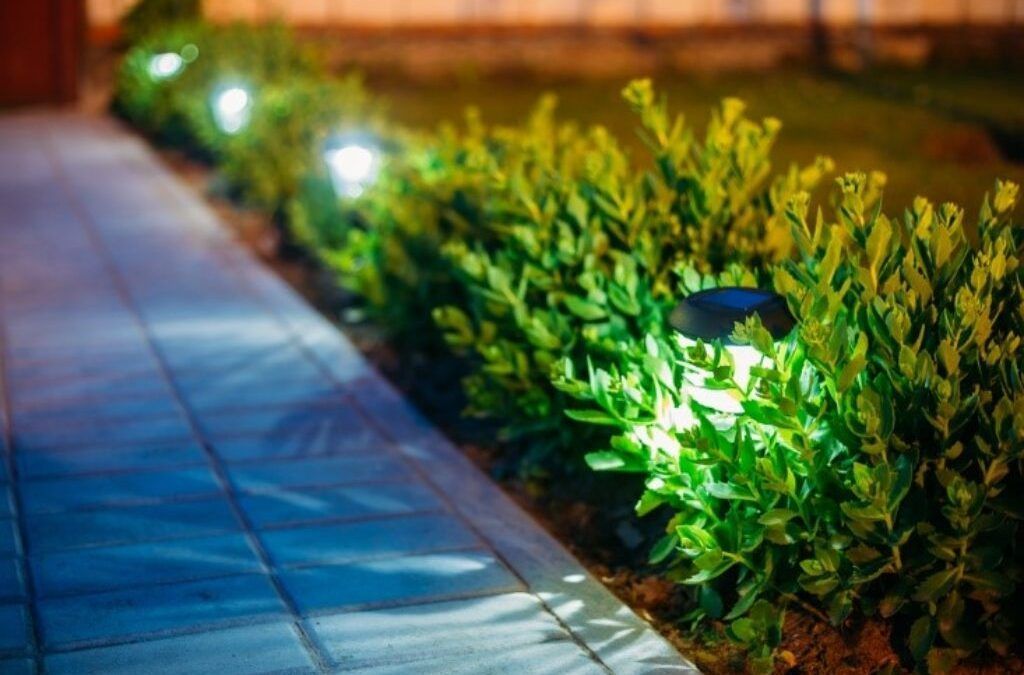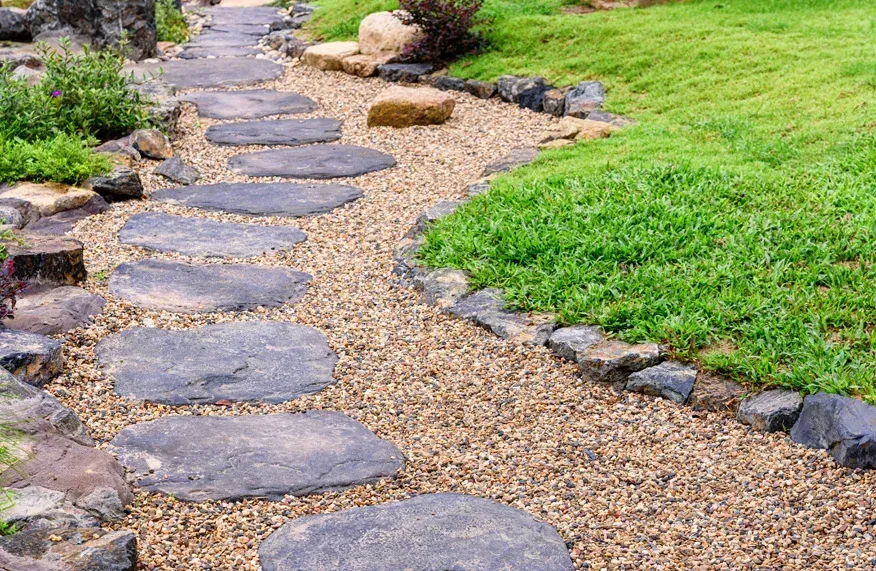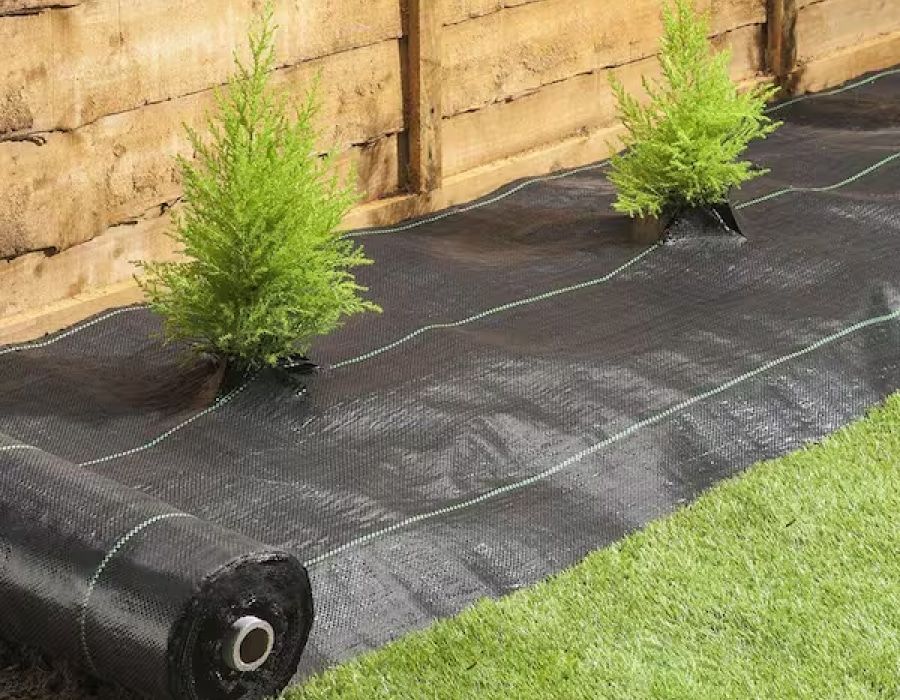What Is the First Rule of Landscaping?
The first and most crucial step in landscaping is detailed planning. Before diving into planting, it's vital to understand your space's unique characteristics, such as terrain, climate, and existing vegetation, to make informed decisions. An expert landscape designer can guide you in selecting the right plants and integrating sustainable practices for a thriving space. Mastering this step ensures your landscaping project is both functional and visually appealing. This foundation creates an outdoor sanctuary that flourishes year-round.
Importance of Planning in Landscaping
Planning is the cornerstone of a successful landscape design. By carefully evaluating the area, you can create a harmonious space that works with the natural surroundings. Start by assessing the topography, existing plants, and potential obstacles (e.g., trees, rocks, structures). Consider how you want the space to function, whether it's a peaceful garden or an area for outdoor entertainment. Sketch out your design, factoring in pathways, plant placements, and focal points like sculptures or water features. Proper planning ensures that your final design meets both aesthetic goals and practical needs, paving the way for a sustainable and stunning landscape. If you’re working with a professional
landscaping service, their expertise can help refine your plans and turn your vision into a cohesive, functional outdoor space.
Considering Climate for Landscape Success
Climate plays a pivotal role in landscaping, dictating which plants and materials will thrive. Temperature, rainfall, and humidity influence how plants grow and what types of landscaping elements work best. For example, in dry, hot climates, choose drought-resistant plants like succulents or native grasses that can handle minimal water. In rain-prone areas, select plants that tolerate excessive moisture, such as wetland grasses. By factoring in climate, you’ll create a landscape that not only survives but thrives with minimal maintenance, ensuring a long-lasting and sustainable outdoor environment.
Selecting the Right Plants for Your Landscape
Choosing the right plants is crucial to ensuring a flourishing landscape. Start by selecting species that are native to your area or well-suited to the climate, sunlight, and water availability. For arid climates, drought-tolerant plants like lavender or agave are ideal, while cooler, wetter regions may require moisture-loving plants like hostas or ferns. It’s also essential to consider the mature size of plants to avoid overcrowding in the future. Choosing the right plants based on your region's specific conditions not only creates a thriving landscape but also minimizes water usage and maintenance over time. Many homeowners consult a landscaping service or
backyard designer to ensure plant choices complement both the climate and the desired aesthetic.
Understanding Soil Composition for Plant Success
Soil is the foundation of your landscaping success, and its structure significantly impacts plant health. The soil consists of sand, silt, clay, and organic matter, each contributing to plant growth. Sand improves drainage, silt helps retain moisture, and clay provides essential nutrients. To ensure optimal plant health, perform a soil test to assess the pH levels and nutrient content. Loam soil, balanced with sand, silt, and clay, is ideal for most plants due to its excellent drainage and nutrient retention. Understanding and adjusting your soil composition paves the way for a thriving garden that will grow strong for years to come.
Driveway contractors and
stone walkway installers in Sandy UT also often assess soil conditions before construction to ensure stable foundations and proper drainage in landscape projects.
Incorporating Sustainable Landscaping Practices
Sustainability should be a priority when creating a landscape that benefits both the environment and your outdoor space. By using eco-friendly landscaping practices, you reduce your carbon footprint and create a more self-sustaining garden. Here are four key sustainable practices to implement:
- Water Conservation: Use drip irrigation systems and rainwater harvesting to reduce water usage.
- Native Plants: Opt for native species that require less water, fertilizer, and maintenance.
- Composting: Recycle organic waste to enrich your soil and reduce landfill waste.
- Integrated Pest Management: Choose natural pest control methods to minimize the use of harmful chemicals.
These eco-conscious approaches create a sustainable and healthy outdoor space while protecting the environment.
Maintenance for Long-Term Landscape Success
Proper landscape maintenance is vital for long-term success. Regular upkeep ensures your garden remains vibrant and healthy while promoting the continued growth of your plants. Key tasks include:
- Watering: Ensure plants receive the appropriate amount of water, especially during dry spells.
- Weeding: Remove weeds regularly to prevent competition for resources.
- Fertilizing: Feed your plants with the right nutrients to encourage growth.
- Pruning: Trim shrubs and trees to promote new growth and maintain their shape.
- Soil Monitoring: Regularly check the soil for changes in quality, adding mulch or nutrients as needed.
Proactive maintenance will ensure that your landscape stays beautiful, healthy, and resilient for years to come.
Contact Us
We’re excited to help you transform your outdoor space! Whether you're interested in a new driveway, a backyard makeover, or a custom walkway, our team at Ironwood Landscaping is here to assist you every step of the way.
📞
Call Us: Speak directly with our team at
(801) 797-3322.
📧 Email Us: Send your inquiries to ironwoodlandscaping.utah@gmail.com.
🕒 Business Hours:
Monday to Friday: 8:00 AM – 6:00 PM
Saturday: 8:00 AM – 2:00 PM
Sunday: Closed
📍 Visit Our Showroom: Explore our gallery and see our work firsthand at 10561 Amaryllis St, Sandy, UT.
💬 Online Form: Prefer to reach out digitally? Use the form below to send us your details, and we'll get back to you as soon as possible. We look forward to helping you bring your landscaping vision to life!
Related Topics:

